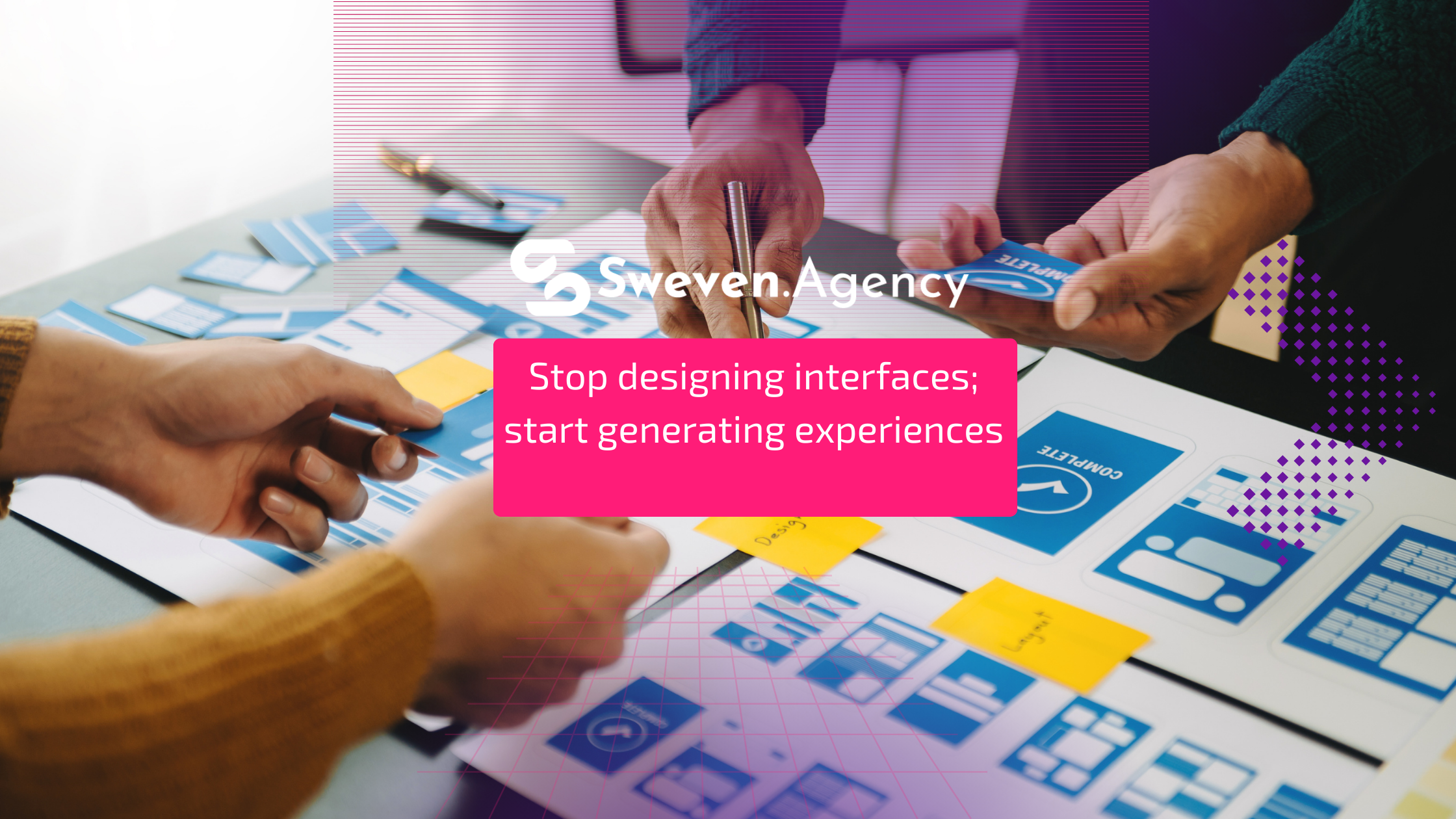I remember how easy it was to overlook UX errors in my first start-up. It had a drastic effect on the experience users had with our product.That’s bad, because positive user experiences lead to increased word-of-mouth, higher engagement rates and faster growth.The thing is that most of these bugs could easily have been fixed. All it takes is a little time to figure out how to detect them. Do you want to learn how to create repeat customers and loyal and committed users?
1. Focusing on “Impressive Design” over “Usable Architecture”
It’s easy to understand how this happens. You want your app or product to make a big splash. You want to create a buzz.
2. Not Removing Unvalidated Features
Ideas for features can quickly get away from you. At my last startup, we racked up a “planned features” list that we could have never kept up with.
When you have a great idea, it’s so easy to let your brain convince you that your product needs it. What makes this even worse is when the idea comes from one of your users.
3. Listening to What Users Want, Not What They Actually Use
What I’m talking about here is the gigantic difference between what a user says they want, and what they actually use.
Listening to what a user wants ultimately leads you to hamburgers in the shoe store. You’ll be building features no one will actually use.
4. Forcing People to Signup Without Offering Any Value
The most likely scenario for this is a mobile app. The user downloads the app, opens it, and then gets stuck at a “signup or login” screen.
It can also be a landing page that contains nothing but images of icons and selling points.
5. Taking User Feedback Personally
This used to be me. There was a time, before I started learning about UX, that I hated when users couldn’t figure out how to use something I designed.
6. Not Including an Onboarding Experience
Onboarding is how you interact with a user when they use your product for the first time. It’s often in the form of guided tours with overlays, tips and arrows pointing out what button does what.
7. Having a Poorly Design Search Function
Fifty percent of users, on the entire internet, are search dominant. This means 50% of your users are using your search function as their main point of navigation.
They don’t care about your drop downs or your side nav or any fancy browse function you’ve got. They get in, search, and find what they want.
8. Not Optimizing for Mobile
If you’re bootstrapping, or if you’re just testing the waters with a minimal product, building a responsive site is a lot of extra development.
9. Not Offering Users Help
Regardless of how usable your site is, someone is always going to need help.
If you’ve ever worked in a supermarket you’ll have been in this situation before.
There you are, stocking some bread on the shelf when a distraught customer approaches you. “Excuse me! Where on earth do you keep your bread? I’ve looked everywhere for it!” You casually hand them a loaf as they quietly walk away with their tail between their legs.
10. No Emotional Connection Between Your Brand and Your Users
If the goal of good UX is to create an enjoyable experience for your users, then your company’s brand plays into this far more than you’d think.
Positive user experiences aren’t just about making sure your users are able to use your product, it also has to do with the reason they’re using it.






